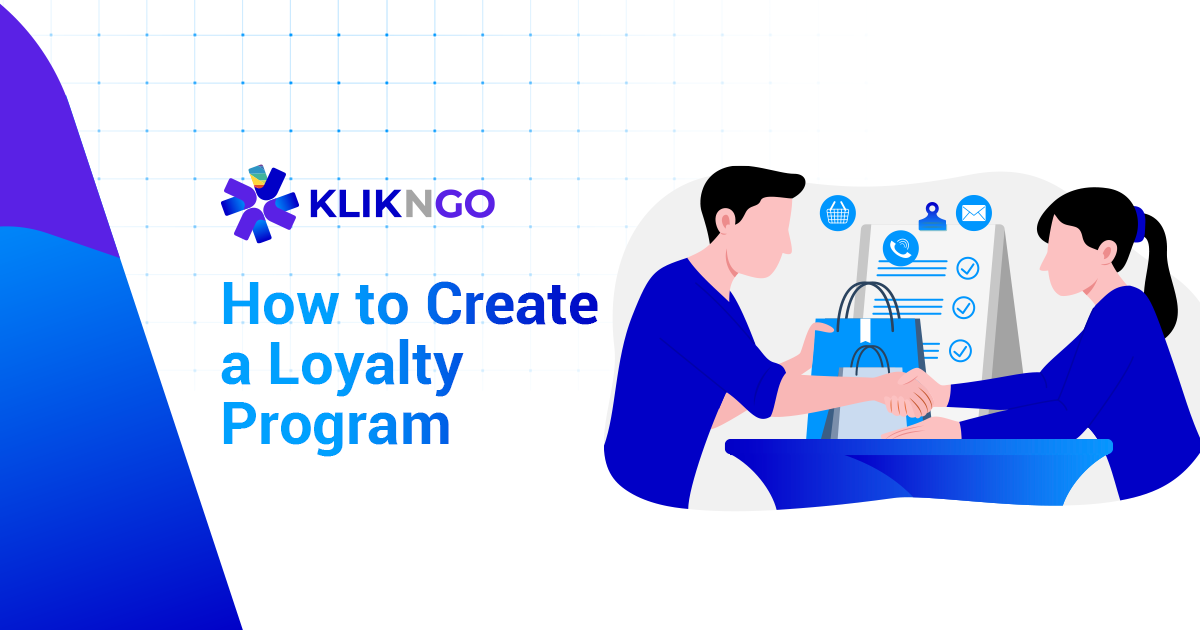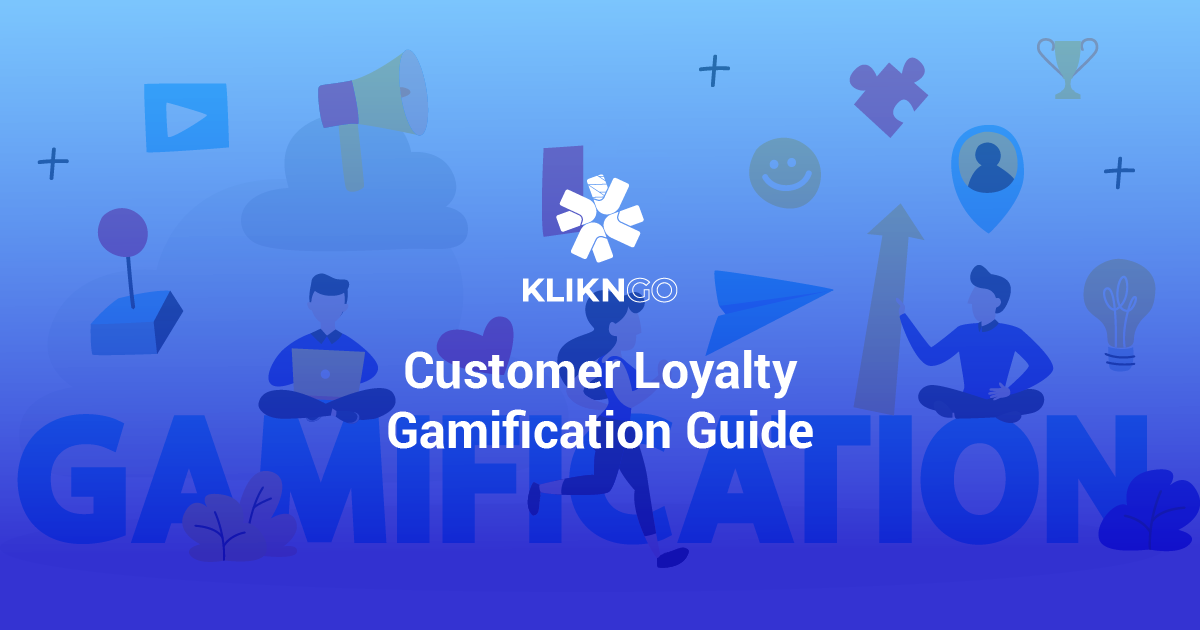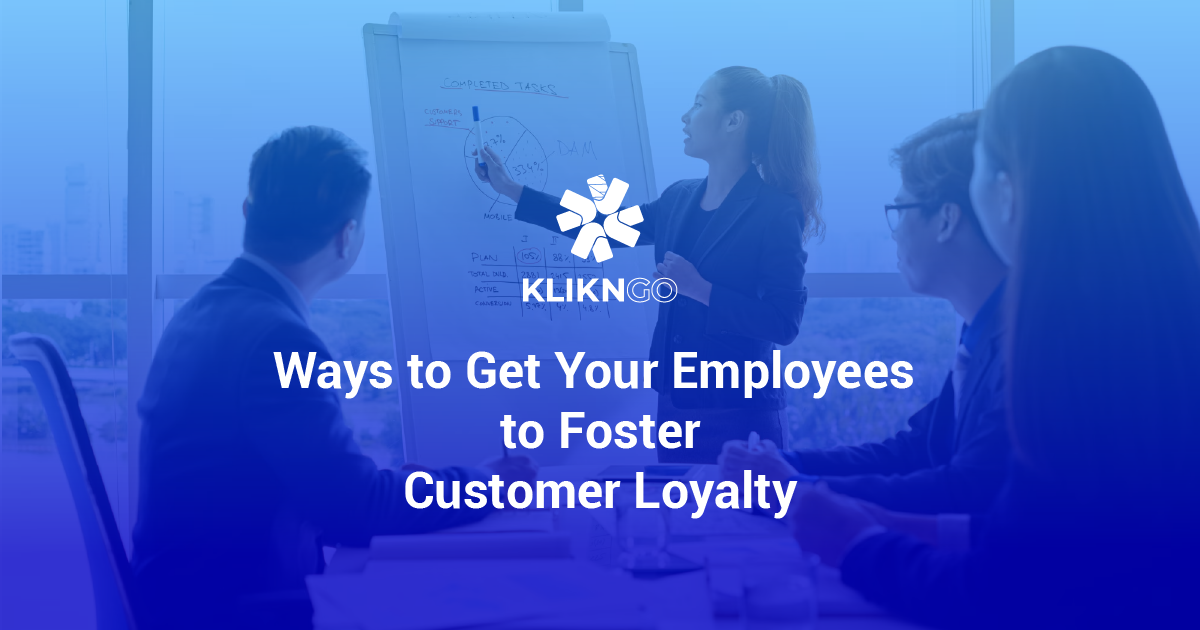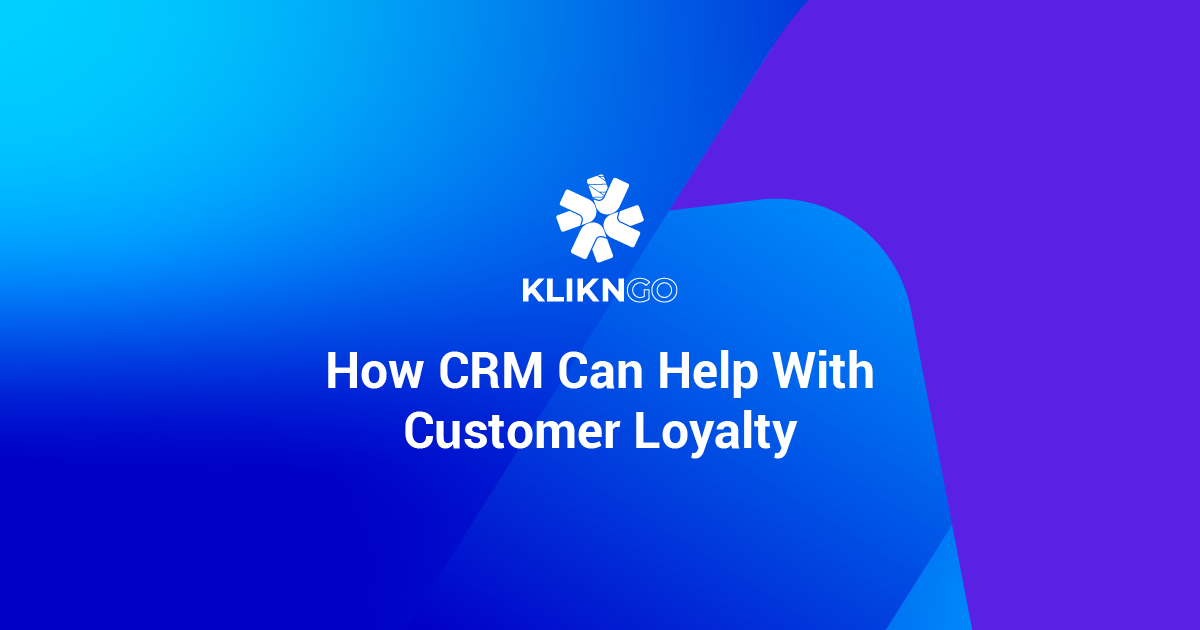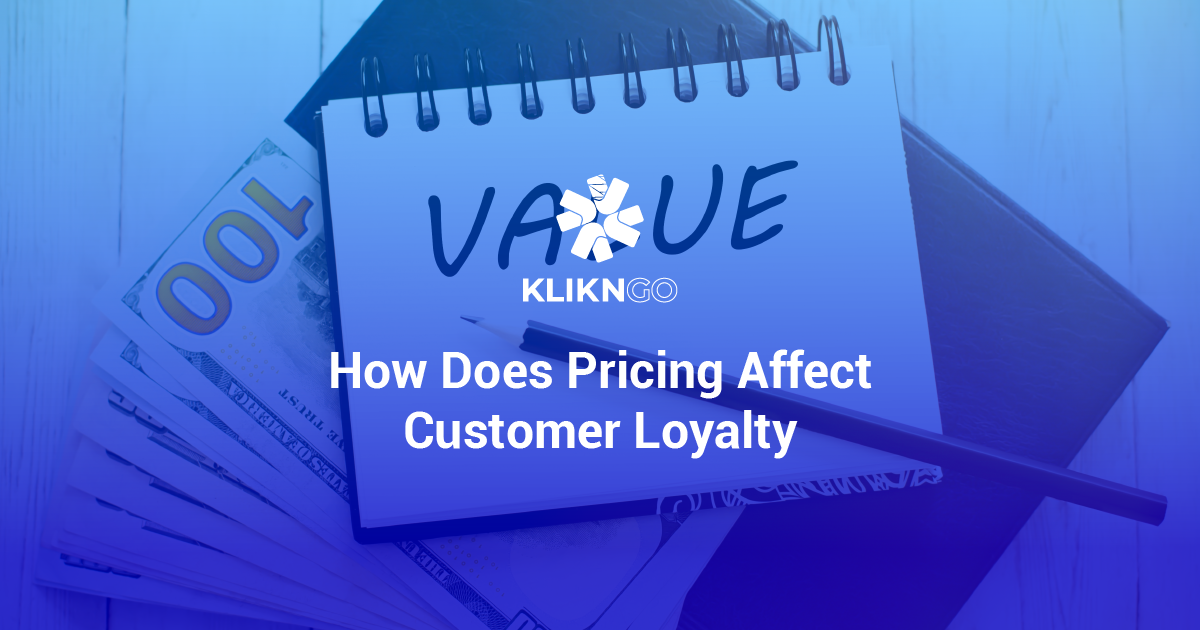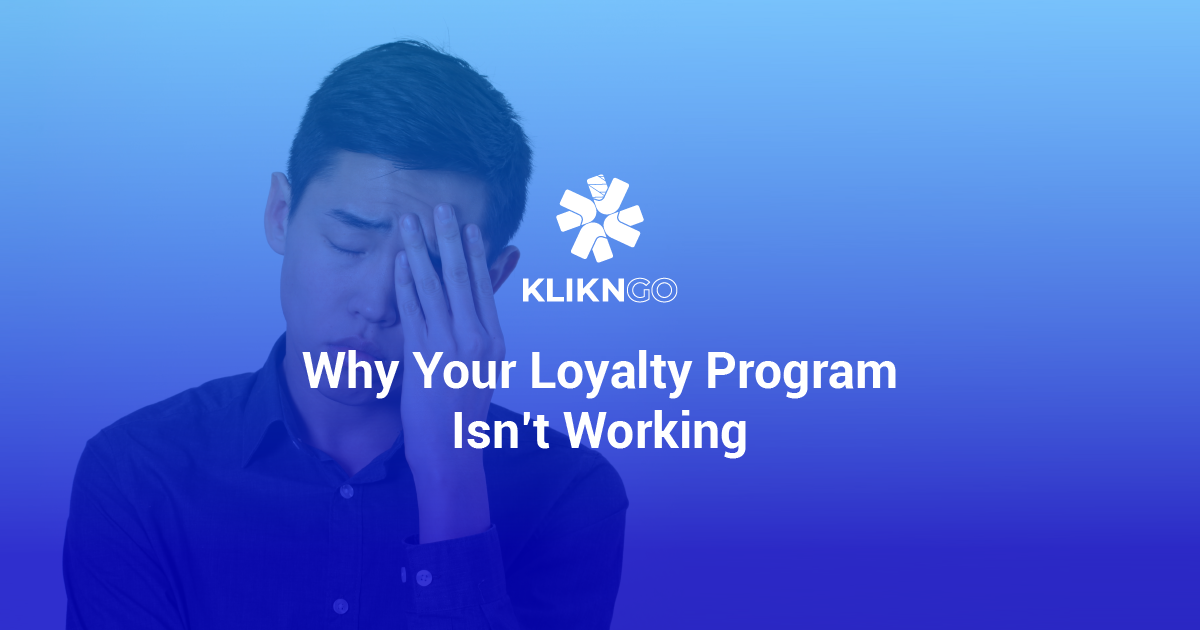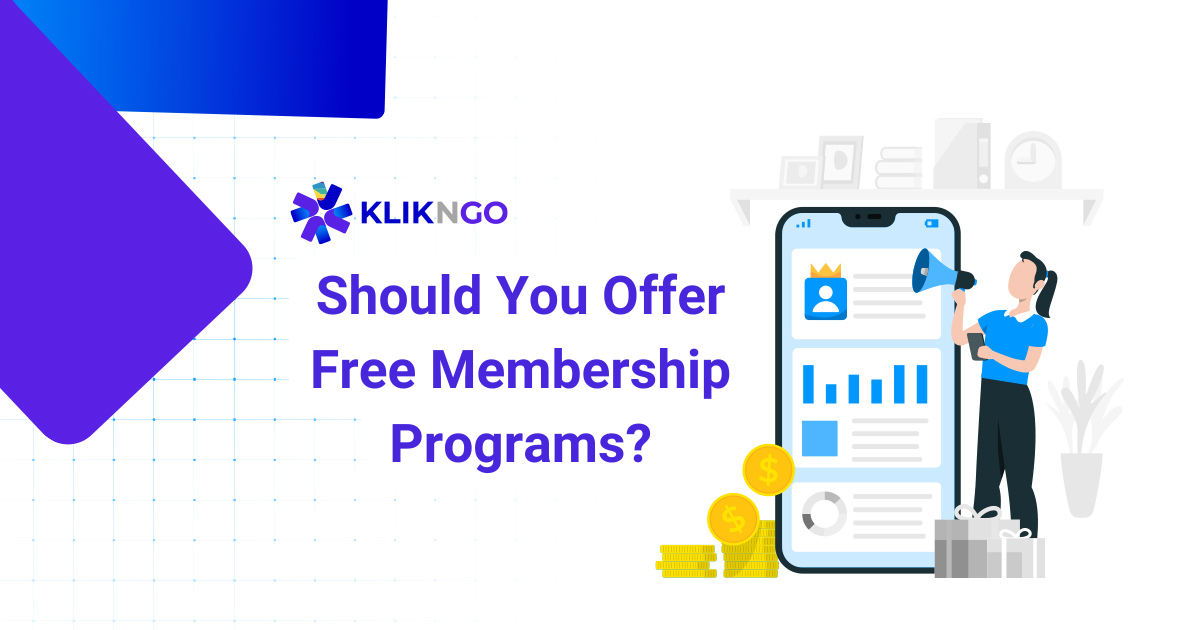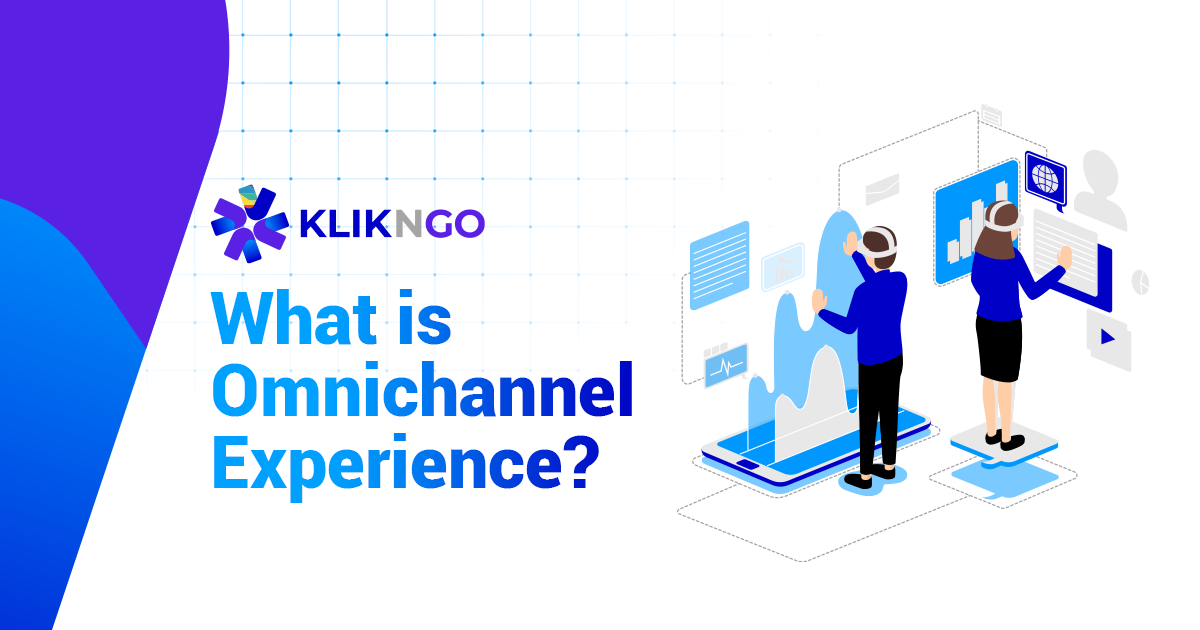Perhaps you’ve recently created a new loyalty program! Today, let’s take a look at loyalty program best practices.
Whether you’re a business owner or part of the management team, these tips are proven and can be helpful for your loyalty program’s performance.
Loyalty Program Best Practices to Follow
Make Signups as Easy as Possible
One of the most important but often overlooked of many loyalty programs is how easy it is to sign up. This can vary depending on your industry and customer segment.
Many companies ask for too much information too soon. Nowadays, people are more careful about sharing their data – especially with companies they don’t know well. A staggering 57% of participants in a study said that they do not trust companies to handle their data responsibly.
Asking for things like family details, income range, and other private information at the first meeting will scare away a lot of people!
At the first meeting, ask for simple details like their names, phone numbers, and email. As customers get more familiar with your brand, you can ask for more information and offer rewards to motivate them!
Also, you should let customers sign up offline or online. This helps you collect data and get more signups – especially for the older generation.
Not only that, have more choices so that customers can decide which way they want to sign up. Some people like signing up on websites, while others prefer just simple Google forms. The main thing is to make it as easy as possible for people to sign up.
Always Segment Your Members
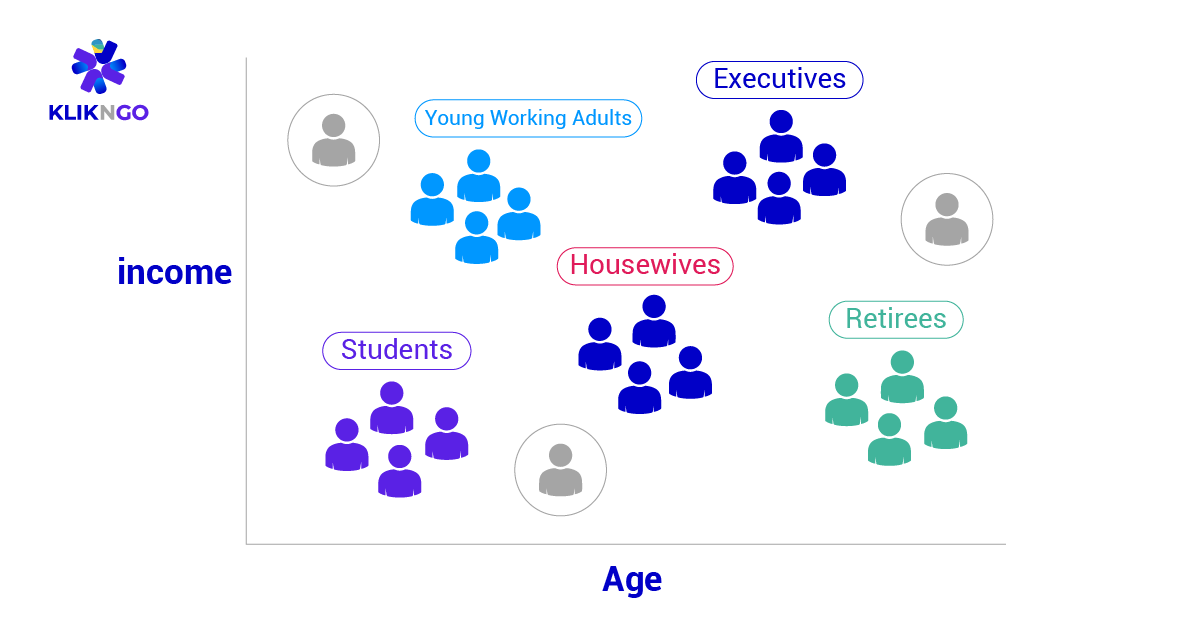
Another you should do is segment your loyalty program members. This is because your members are very diverse and you will spend more on marketing if you don’t segment and target them better.
A wholesale chain like Costco has members with different backgrounds, income levels, ages, etc.
So they can’t measure customer behavior without segmentation. By segmenting your customers, you can lower the cost of email marketing, increase conversion, and have fewer unsubscribes!
You can segment your members in many ways, like demographics, income level (if you know that), or customer behavior. After segmenting, you can use the right channels to reach your members like text, email, etc.
After all that, then you’re ready to plan your marketing strategies based on your target segment!
Have a Robust Data Collection System
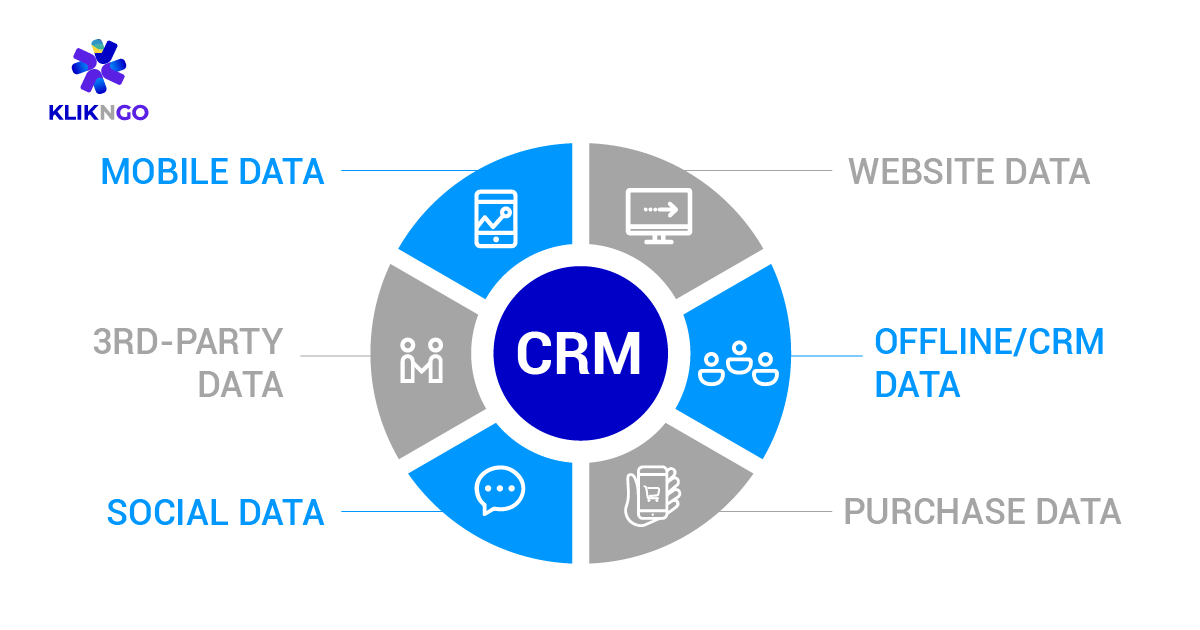
You need a strong data collection system to segment your members well. Most CRMs on the market let you input data manually – which is slow and tiring.
That’s why we suggest a strong data collection system that automatically updates and grows your membership data and profiles.
For example, you’re offering vouchers for some dishes for your restaurant business. With a good voucher validation and management platform, you can find out how many vouchers or what dishes your loyalty program members prefer – with just a phone number.
This will help you in the future, as your staff will have an easier time solving problems with data like this.
If you see that a customer uses vouchers often, you know they’ll like vouchers as a solution if they have any issues.
More advanced ecosystems use features like artificial intelligence and facial recognition software to see how customers interact with your business.
Let’s go back to the restaurant example. A strong facial recognition software will be able to identify them and collect data like how long they stayed, total bill amount, number of people with them, favorite dishes, and more.
The system will keep collecting data and you’ll have a full log of every interaction with customers so that you can have as much data as you need to make decisions!
Prioritize User Interface & Experience (UI/UX)

User Interface and Experience (UI/UX) is incredibly important for any online platform of your choosing, whether it be your loyalty app, digital loyalty card, or perhaps your website.
To put it simply, User Interface (UI) is what the users see and interact with and has more to do with visuals.
User experience (UX) is what goes on in the back end like how fast your platform loads, errors popping up, or maybe buttons that do nothing, etc. Both need to coexist because one cannot live without the other.
A great-looking interface won’t do much if it doesn’t load properly, and fast and responsive websites won’t be able to convert users if it doesn’t look trustworthy or professional.
The average attention span of an internet user is somewhere around 8 seconds, and people will likely click off whatever they’re doing if your app or website takes too long to load or just doesn’t look the way they imagined.
Investing in UI/UX is probably one of the most important things when it comes to keeping people engaged in your loyalty program!
Keep Branding Consistent Across Everything for Loyalty Programs
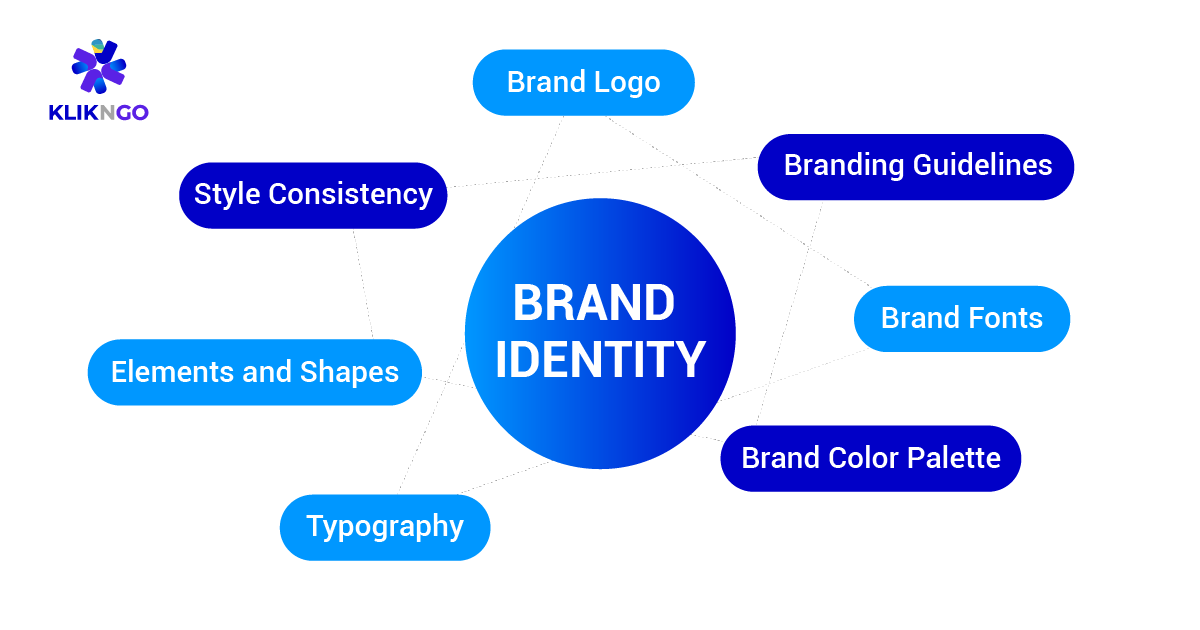
Branding is now more important than ever in a crowd chuck full of competition.
Brand identity is one of the biggest driving factors for customer retention, loyalty, and engagement for all loyalty programs – app or not.
In this context, branding comes in the form of your brand corporate identity (CI), such as your logo, brand colors, icons, etc.
This is important because it makes your brand recognizable, and the general idea is to make people think of your brand when they see certain colors and icons.
Think about it, when you think of light blue, you’d probably think of Twitter, and Coca-Cola when you think of bright red.
You don’t want to confuse your consumers by implementing too many colors and elements, and we would recommend keeping colors to one primary and 2 secondary.
Ideally, you should go with colors that complement each other so that you make it easy on the eyes. A good way to go about it is to use the color wheel to determine what colors you want to use.
Here’s how you can use the color wheel to find good colors that go with one another:
- Pick your primary color.
- The color that is the opposite of your primary color on the wheel will be your secondary color.
- The colors that are next to your primary colors are your secondary colors.
Keep in mind that this is just one way to go about it, and many different color combinations will look good with each other!
Keep Rewards Interesting & Make Them Easy to Redeem
Related to customer segmentation and data collection, you should try to make your rewards interesting and in line with your users’ expectations.
If you’re a grocery store chain, it wouldn’t make much sense to have big amounts of candy as a reward when the segment you’re targeting is mainly aged 60 and above.
Oftentimes, many companies give out cost-effective or convenient rewards for them – but fail to hit the mark on whether or not their customers want those rewards.
To keep your loyalty program in good shape, try digging into your data and see what your customers want! If you don’t have enough data, you can simply run a poll on your brand’s social media channels.
Your followers will let you know what they want and it gives you a chance to humanize your brand and connect with your followers – which is what keeps them engaged.
Also, you’ll have to make sure the rewards are easily redeemable without too much hassle for your customer.
Working with so many clients over several years, we’ve found that one of the biggest reasons why loyalty programs fail is because the redemption process takes the customer too much time and effort.
Depending on the industry, many loyalty program members would have to go to specific locations, queue up, fill up a form that asks for too much information, wait for management approval, etc.
It’s just too many steps to redeem something that they might not entirely want. In the end, fatigue kicks in and they give up on loyalty programs entirely.
This is why we’ve developed our own loyalty programs platform that allows you to streamline everything.
We specialize in streamlining every aspect of your loyalty program – like redemption, data collection, event integration, vouchers, and pretty much anything else you can think of.
Previously, we’ve tailored every feature to the needs of our clients, but over time, we’ve consolidated important features and decided to make software that any business can take advantage of!
Check out our loyalty program’s features and benefits!
Strike a Balance Between Difficulty and Rewards
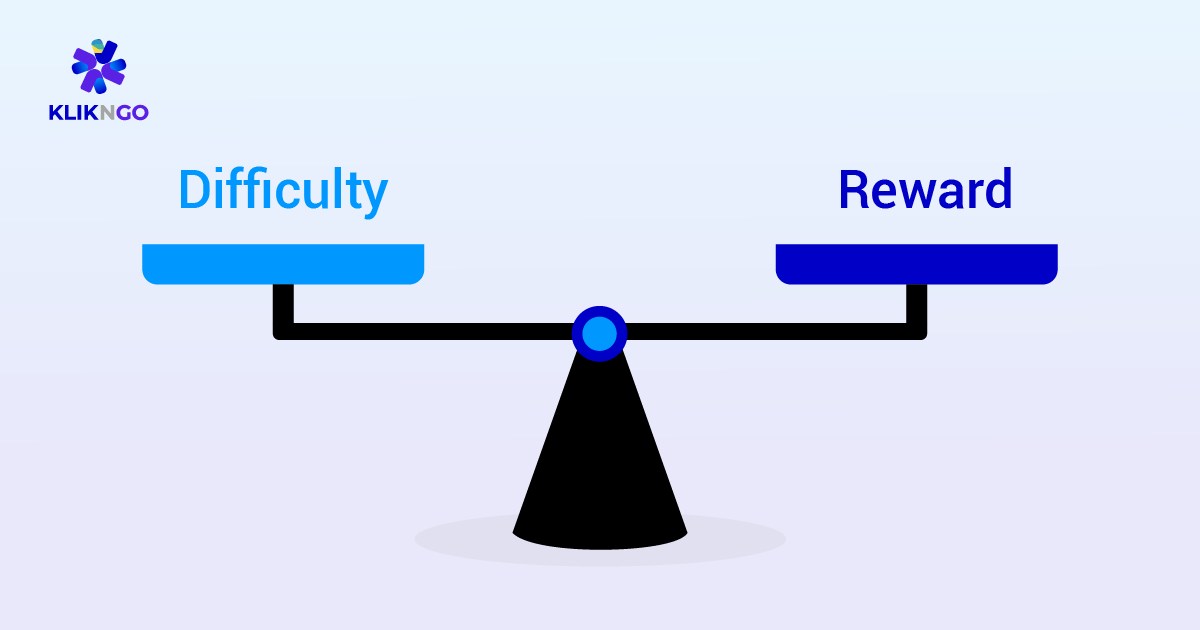
Like we said before, in an ideal world, finding a balance between rewards and difficulty is another best practice that many companies miss.
If the rewards are not appealing enough, no one will join and be motivated to earn points in your loyalty or reward program.
On the other hand, no matter how great your reward is, many people will quit if it’s too hard to redeem. That’s why it’s important to balance the two.
Remember the data collection point that we mentioned before? Once you have the relevant data and have segmented your members – try to find patterns to see how loyal they are and what rewards they want.
Look at their previous interactions, where they are in the funnel, customer behavior, etc.
All of these are key in finding out what they want and how much they’re willing to do to get those rewards.
No one is going to claim a $5 voucher if it means spending $500 alongside having to refer 2 friends and sharing it on social media!
Measure Your Program’s Effectiveness & Improve Continuously
The more data you get, the more you can learn from customer feedback and enhance your loyalty program’s features like UI/UX, etc.
Besides getting data and improving your product, think about what you can do to make your customers more interested in your loyalty program.
If your loyalty program is web-based, you can use tools like Hotjar and Google Analytics to find out what your users are struggling with. Maybe they can’t see some buttons, or maybe they’re stuck somewhere.
The great thing about UI/UX is that you can easily change some things on your website and it can naturally boost your conversions or engagement.
Things like adjusting the size of some buttons, or changing the colors and contrast of texts, will make a big difference.
Besides UI/UX, there are many things to improve like how to make your customers more involved in your loyalty program, and how simple it is for members to spread your program to their friends and family.
You can only improve these things with data and it’s an ongoing improvement cycle that all loyalty programs need to have!
Make Sure You Have an Enticing Referral Feature
To ensure the longevity of your program and for you to generate more members organically, make sure you have a referral program that is enticing and easy to use.
This is a crucial feature but not everyone is doing this properly. First things first, you should have a referrer-referred reward system. This rewards referrals and benefits all parties.
You can adjust the rewards and requirements based on your goals.
A good example of this strategy is used by Interactive Brokers (IBKR), one of the biggest stock brokerage firms in the world. In their program, the referrer can get up to $200 if the referred person keeps an account worth over $10,000 for a year.
The referred party gets $1 in IBKR shares for every $100 in their account, up to $1,000 in IBKR shares.
This setup works because it drives the referrer to bring in quality customers.
At the same time, it introduces the referred user to the platform and makes them put in money, earning shares along the way.
Besides the reward structure, you should also think about how easy it is to access the referral features.
Ideally, this option should be on your app or website’s main menu – always within reach.
Also, make sure that the rewards and requirements are easy to scan when they open the page, and that the call to action is very clear.
Make sure they can share to any platform they want, like Telegram, WhatsApp, iMessage, etc.
This is worth doing because most of our clients have more people sharing to third-party platforms than just sharing a link.
The Bottom Line
There you have it, proven loyalty program best practices that give you the best chance at retaining your customers.
If you’re interested to find out more, we do also provide loyalty program consultation services to really hone and improve your loyalty program!




